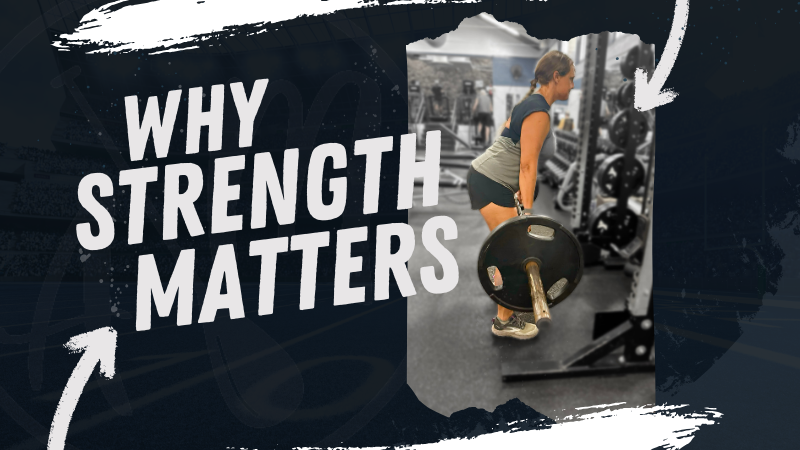When I was in high school weightlifting wasn’t emphasized for me even though I was an athlete. The gym was mostly full of guys then, and it still is today.
The media has traditionally reinforced the idea that muscles in women aren’t desirable, but there is an explosion of interest in women’s professional sports. People like rugby player Ilona Maher and gymnast Simone Biles are changing that narrative, and we still have cultural conditioning to overcome.
Men not only start with a physiological advantage for strength and power, but they’ve also had the cultural advantage of being encouraged to build muscle.
This isn’t about women being “weaker”; it’s about knowing that focusing on lifting weights and proper fueling to build the power we need for paddling will get us results! None of this means we can’t be strong or build strength; quite the opposite.
We need strength training to become faster paddlers.
In my early OC1 racing days in Hawaii, I noticed I was getting left behind at the start line. However, when I shifted my training to add lifting weights and building explosive power, I saw immediate improvements that allowed me to stay in the pack instead of falling behind because OC1 paddling is a strength-based sport.
6 Ways Building Strength Will Improve Your Paddling
1. Overall Speed
When you have more strength to transfer to the paddle, you go faster.
2. Upwind Paddling
When we paddle, we are working against the resistance of both wind and waves. Strength is what helps us pull our canoe and body through that force. So, the more strength, the more speed.
3. Races and Sprints
Race starts from a dead stop, and sprint intervals require explosive power and strength over short periods of time.
4. Downwind Paddling and Surfing
When surfing and downwind paddling, you need to quickly shift your boat’s speed to the speed of the wave you want to catch. This requires fast acceleration, which requires strength and explosive power.
5. Overall Efficiency
More strength means using less energy to go faster.
6. Endurance
More strength means less fatigue over longer-duration paddling.
Strength Training Considerations for Women
Women’s physiology makes it even more critical for us to strength train.
- Estrogen is a hormone that helps women build muscle, which is great when we are younger. However, as we age, our progesterone and estrogen start to be irregular and decline and we lose muscle. We need to lift weights more consistently to maintain and build new muscle.
- Studies show that women have more slow-twitch muscle fibers, which are responsible for endurance, while men have more fast-twitch fibers, which are responsible for explosive power. This doesn’t mean that women aren’t and can’t be powerful; it means we need to focus on lifting weights to build strength and power. We still need to train endurance (relative to the event we are training for), but not without also building muscle.
- Women have a shorter window than men to maximize tissue repair after hard or heavy training. This means that it is important for women to eat protein after strength training within a 30-60 minute window to maximize the benefit of the training we did. You can read more about how much protein we need here.
Getting Started with Strength Training
Just like OC1 paddling, strength training requires proper form and technique and progressive loading so that the weights you lift feel heavy. It’s worth investing in personal training, at least in the beginning, to avoid injury and get more out of your training.
When we realize the importance of strength and understand our physiology, we can approach training differently and shift the narrative and our outcomes.
As you prepare for the upcoming OC1 season or even look at your off-season training, remember that strength training is foundational to your paddling performance. Make sure it’s a key part of your routine from the start.

